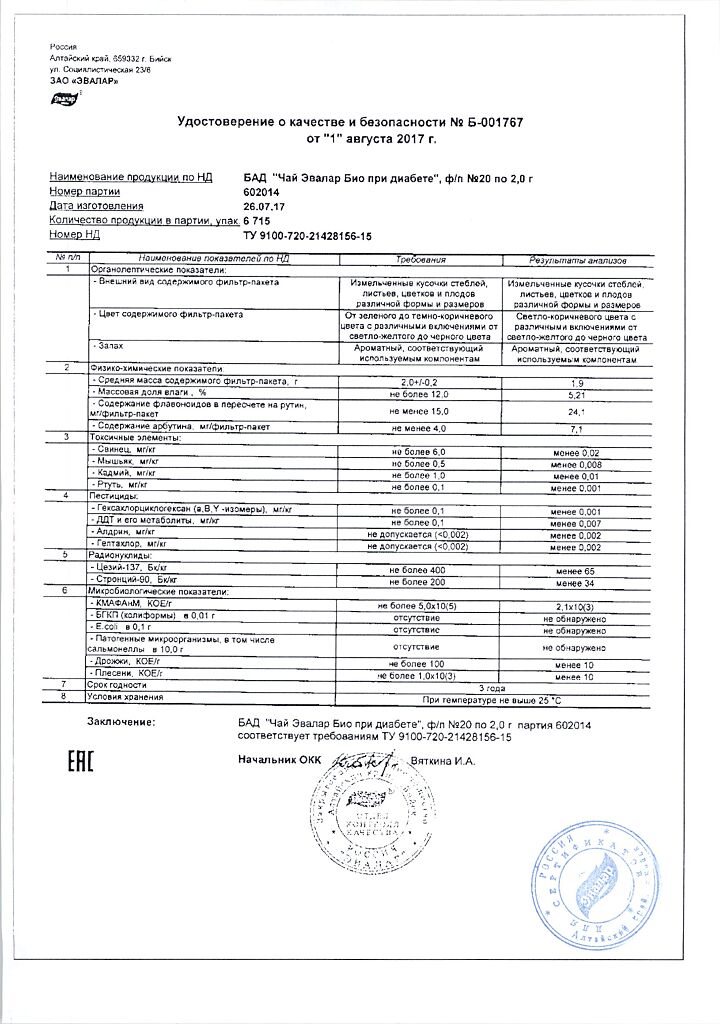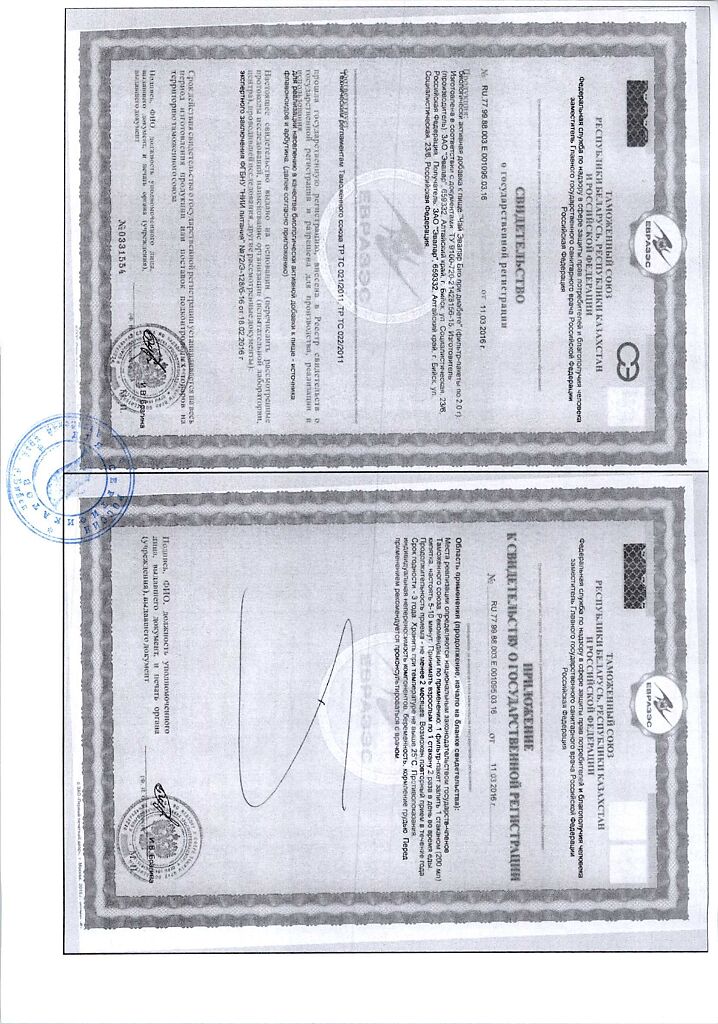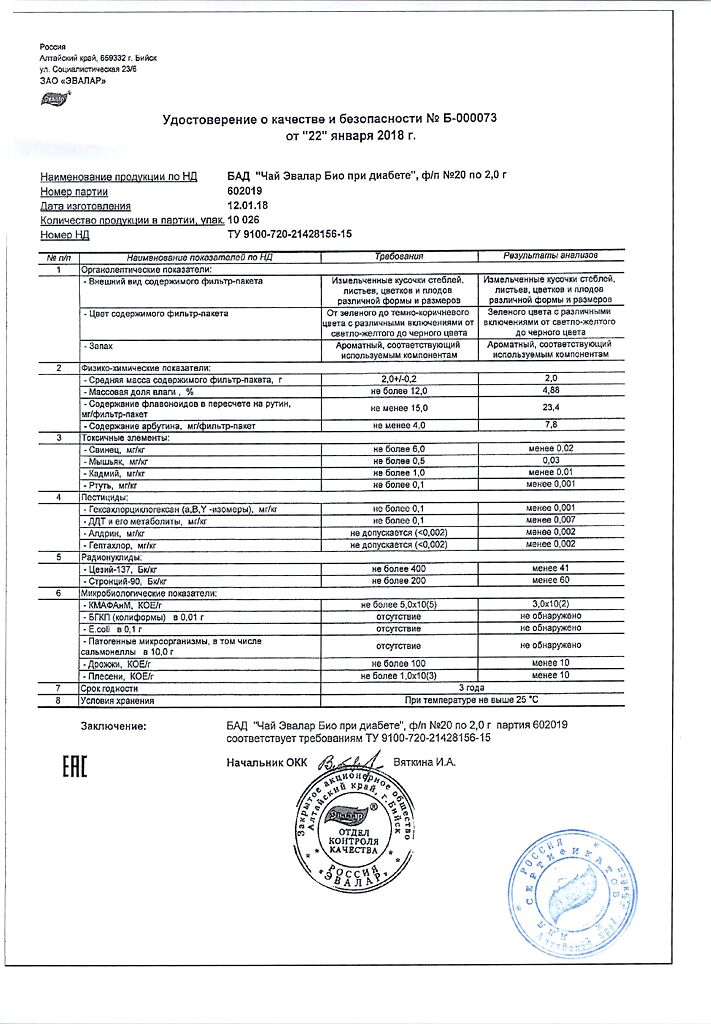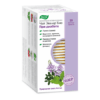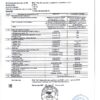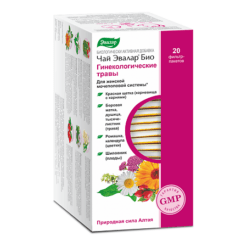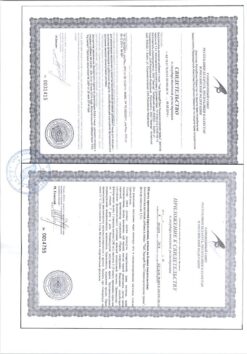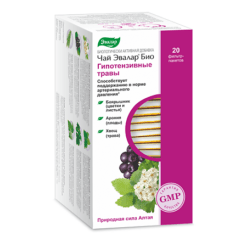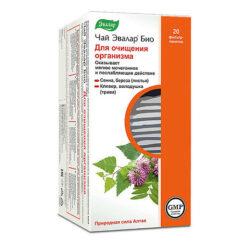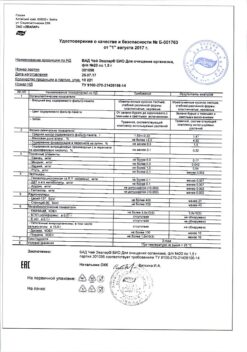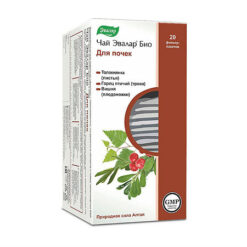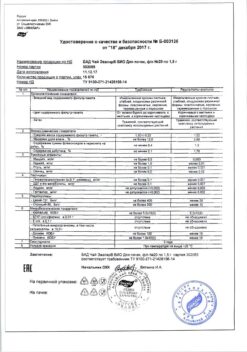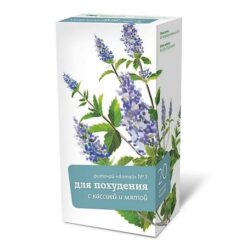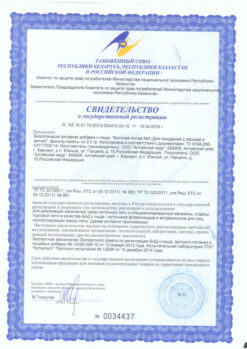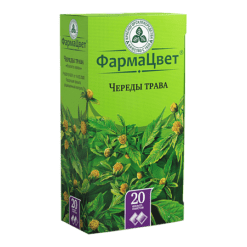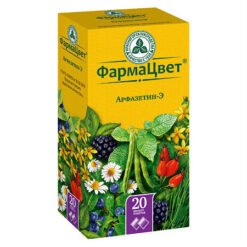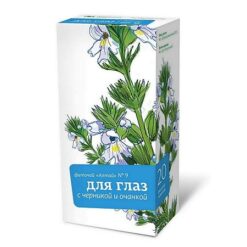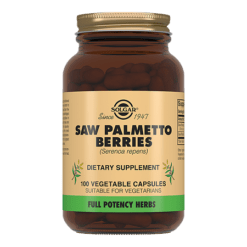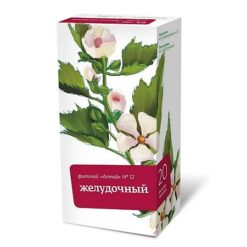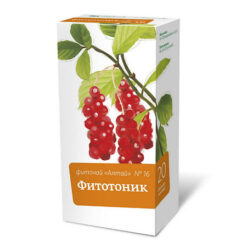No products in the cart.
Tea Evalar Bio in diabetes, filter bags 2 g 20 pcs.
€7.43 €6.19
Description
The fruits of rose hips (different types of rose hips) – Rosa, family Rosaceae Juss.
The fruits contain:
– pectin (3.7 – 14 %) and tannin (up to 4.5 %) substances;
– organic acids: citric, malic and other (at least 2.6 %);
– vitamins: C (average 2.5 – 5.2 % or 2500-5200 mg%, up to 18 %) B2, P (citrine), K, E;
– carotene (12-18 mg%);
– catechins;
– flavonoids;
– essential oil;
– sugars;
– the pigments lycopene and rubixanthin.
The pulp of the fruit also contains:
– potassium;
– calcium;
– iron;
– manganese;
– phosphorus;
– magnesium.
Preparations of rosehip fruits have a variety of pharmacological activity, due primarily to the action of ascorbic acid, which has reducing properties and is a participant in catalytic processes in the form of coenzymes.
It is directly involved in redox processes, increases resistance and protective reactions of the body to infections and other adverse environmental factors, stimulates the hematopoietic system, increases the phagocytic capacity of leukocytes.
Water infusion of rosehips weakens and stops bleeding, reduces the permeability and fragility of blood vessels, enhances regeneration processes, accelerates healing.
Grass shrubby grass (goat herb) – Galega officinalis L., family Legumes – Fabaceae.
The herb galega contains the alkaloid galegin, flavonoids (kaempferol, quercetin, isoramnetin), saponins, tannins, bitterness, organic acids, vitamin C, carotene, sugar, protein.
In the treatment of diabetes Gallegin is used as an additional means to treat insulin.
Gallegin reduces blood glucose levels, by normalizing the activity of the liver reduces blood cholesterol levels. By helping the excretory system of the body, Gallegin helps to normalize water-salt balance, carbohydrate and fat metabolism in tissues.
The synergistic effects of plant extracts included in the collection with gallegin allow the diabetic body to effectively combat inflammation, reduce fever, have a mild diuretic and laxative effect.
The herb galega has diuretic, diaphoretic, hypoglycemic action, increases glycogen content in the liver and glucose tolerance, inhibits renal insulinase.
Leaves of cowberry – Vaccinium vitis-idaea L., family Lingonberry – Vaccinaceae.
The leaves of cowberry contain up to 9% glycoside arbutin, lycopene, hydroquinone, vaccinin, quinic, ursolic, tartaric and ellagic acids, tannin, hyperoside, up to 10% of tannins, 227 mg% of ascorbic acid and 0.5 – 0.6% of flavonoids.
Bioactive substances of cowberry leaves have disinfecting, diuretic and choleretic action, thus accelerating the excretion of glucose and insoluble salts.
The decoction and infusion of cowberry leaves is used for swelling, causes a decrease in blood sugar levels, it can be used in the treatment of diabetes.
The preparations of cowberry leaves have astringent and capillary strengthening properties due to their content of flavonoids, vitamins, ursolic acid and tannins.
Buckwheat grass and flowers – Fagopyrum sagittatum Gilib.
The buckwheat grass contains glycoside rutin, chlorogenic gallic acid, caffeic acid, organic acids, vitamins B, P, PP. Fagopyrin is isolated from buckwheat flowers.
Buckwheat herb and flowers are used for hypo-and avitaminosis P, as a means of reducing capillary fragility and permeability, is used to prevent tendency to hemorrhage in the retina.
Buckwheat has beneficial effects on circulatory disorders, vasospasm and edema.
Leaves of black currant – Ribes nigrum L., family Gooseberry – Grossulariaceae DC.
The leaves of currants contain carbohydrates, flavonoids, vitamin C (up to 250 mg%), organic acids, mineral salts, tannins and coloring substances, catechins and an essential oil which consists of pinene, sabinene and terpene alcohol.
Currant leaves have a strong diaphoretic, diuretic and anti-inflammatory effect, are an excellent multivitamin remedy and are recommended for capillary fragility and metabolic disorders. In addition, currant leaves are used as a substitute for tea.
Nettle leaves – Urtica dioica L, Nettle leaves contain up to 270 mg% of vitamin C, carotene and other carotenoids, over 2% of tannins, organic acids, flavonoids, vitamins B1, B2, B6, K, E, PP, pantothenic acid, carotenoids, mineral salts, phytoncides.
Nettle is a good remedy for spring fatigue, it improves metabolism, increases the resistance of the body, can be used as an anti-diabetic agent due to the presence of secretin, which stimulates the formation of insulin.
The nettle cleanses the blood and has choleretic and diuretic effects, increases basal metabolism, has anti-inflammatory and some hypoglycemic effect, improves the supply of tissues with oxygen.
Indications
Indications
Two filter packs a day provide at least 30 mg of flavonoids converted to rutin and at least 8 mg of arbutin, which is 100% of the adequate intake
Composition
Composition
Gelery (goatweed) herb
Buckwheat herb and flowers
The fruits of rose hips
The leaves of nettles
The leaves of currants
The leaves of cranberries
The flavoring natural “Black currant.
Currant leaves
Lingonberry leaves
Natural Blackcurrant flavoring
How to take, the dosage
How to take, the dosage
1 filter pack (free from the individual package) pour 1 cup boiling water (200 ml), 5-10 minutes,
take 1 cup 2 times a day with meals for adults.
The duration of intake is at least 2 months. It is possible to take again within a year.
Contraindications
Contraindications
Individual intolerance to the components, pregnancy, breast-feeding.
Consultation with a physician is recommended before use.
Additional information
| Shelf life | 3 years. |
|---|---|
| Conditions of storage | In a light-protected place at a temperature not exceeding 25 °C. |
| Manufacturer | Evalar, Russia |
| Brand | Evalar |
Other forms…
Related products
Buy Tea Evalar Bio in diabetes, filter bags 2 g 20 pcs. with delivery to USA, UK, Europe and over 120 other countries.


